You’re running late for an appointment and hit a traffic jam. Or maybe someone cuts you off. How do you respond? Driving can be stressful, but feeling angry when behind the wheel could lead to aggressive driving, distracted driving or even an accident.
What Is Road Rage?
Aggressive driving can take many forms, like tailgating, weaving and speeding. It happens a lot: One survey found that nearly 80 percent of drivers expressed significant anger or aggression behind the wheel at least once over the course of the prior year. The consequences can be serious: Aggressive driving played a role in 56 percent of fatal crashes over a five-year period, according to one analysis.
Here’s what to know about road rage, including tips on staying calm and what to do when confronted with an aggressive driver.
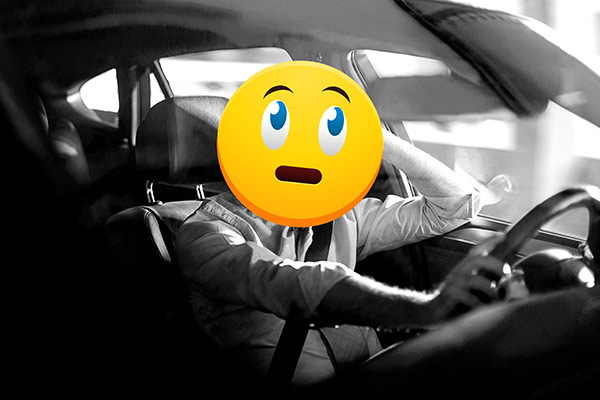 Road Rage Factors
Road Rage Factors
Here are some common factors that often contribute to road rage incidents or aggressive driving behavior.
- Traffic delays
- Heavy traffic, sitting at stoplights, looking for a parking space or even waiting for passengers can increase a driver’s anger level.
- Running late
- Running behind for a meeting or appointment can cause drivers to be impatient.
- Anonymity
- If drivers feel that they probably won’t see other drivers again, they may feel more comfortable engaging in risky driving behaviors like tailgating, cutting people off, excessive honking or making rude gestures.
- Disregard for others and the law
- Some drivers may think the rules don’t apply to them.
- Habitual or learned behavior
- For some drivers, aggressive driving may be the norm.
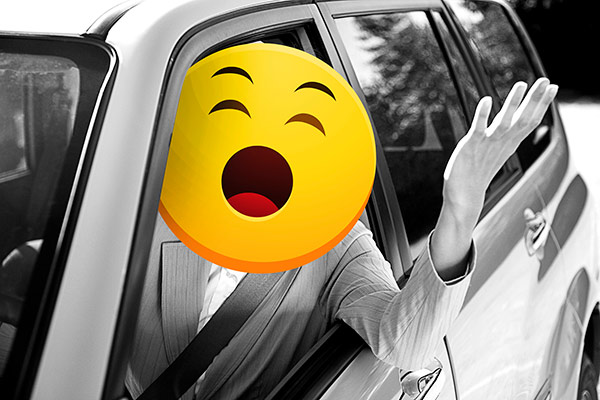 Most Common Forms Of Road Rage
Most Common Forms Of Road Rage
- Tailgating
- Yelling
- Honking in anger
- Making angry gestures
- Trying to block another vehicle from changing lanes
- Cutting off another vehicle on purpose
- Getting out of the vehicle to confront another driver
- Bumping or ramming another vehicle on purpose
 How to Avoid Road Rage
How to Avoid Road Rage
Make sure you have the right car insurance policy to protect yourself from aggressive drivers or if you find yourself the victim of a road rage incident.
Before You Get Behind The Wheel
- Don’t rush. Give yourself time to get where you’re going; you’re less likely to become impatient and take unnecessary risks.
- Cool off. If you’re upset, take time to calm down.
What To Remember When Driving
- Give other drivers a break. If someone is driving slowly, keep in mind they might be lost.
- Use hand gestures wisely. Keep gestures positive—say, waving to a driver who lets you in when merging.
- Don’t tailgate. Always keep a safe distance from the car in front, no matter how slowly they might be driving.
- Lay off the horn. Honking out of frustration won’t solve any problems; it will just increase the stress level for everyone on the road.
- Don’t stop to confront another driver. Stopping could lead to a dangerous situation for everyone.
If Another Driver Acts Aggressively
- Stay away. Safely change lanes, gradually slow down or even exit the highway to keep a safe distance from the aggressive driver.
- Don’t reciprocate. Ignore the temptation to respond to the other driver; it could cause the situation to escalate. Don’t make eye contact.
- Don’t stop. Stopping could lead to a person-to-person confrontation, which could be dangerous.
- Watch your back. If you’re worried that the other driver is following you, keep your doors locked and drive to the nearest police station.
Taking a defensive driving course could help you stay safer on the road; it could also qualify you for a discount on car insurance. Search for a course near you at geico.com.
Read more: Distracted Driving: Here’s Why You Should Pay Attention
Sources 1 National Highway Traffic Safety Administration 2 AAA Foundation For Traffic Safety 3 Insurance Information Institute

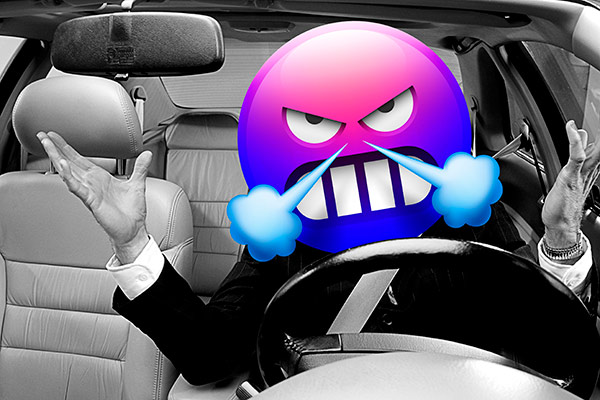


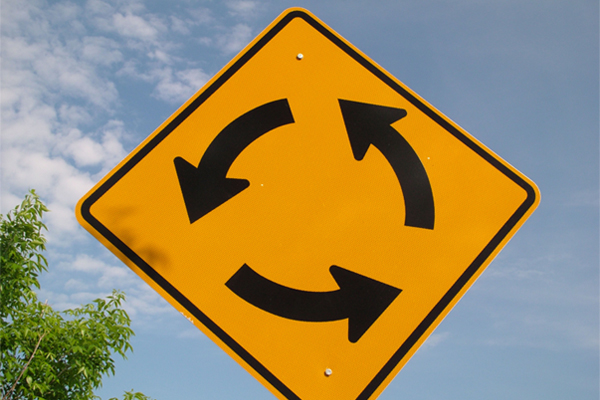



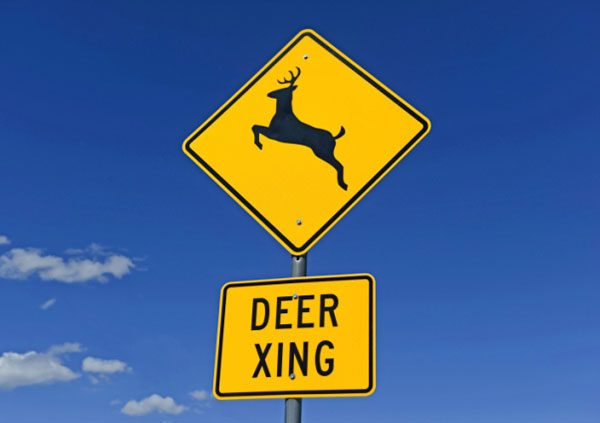
Ordra Gayle Vizcarra says,
Good Advice !
Nodudra Bhagwandeen says,
These are very useful information ,these information should offer to every motorist and they should pay attention to it .it will be by all means.
Monica Davis says,
Very helpful tips and i would use them wisely csuse you’ll never know when you might be in those situations. Thanks a lot
Geraldine Jackson says,
This is what I always try to do. There are to many crazy’s out there. I don’t care how fast I get to where I’m going I just want to get where I’m going safe.
Lynn says,
Road rage is scary when someone flips out on you. There was a guy who got mad about something – whatever it was – he chased me down the road, yelling, screaming cursing, and chased me. I started driving towards a police station to get him away.
Basileus says,
It’s hard not to get angry when 20% of drivers are blinding oncoming traffic with auto-high beams and blindingly bright headlights. Have some respect for other human beings.
Donna Richardson says,
It was very helpful thank you.
Dennis says,
There is far to much road rage now days i do my best to avoid it,I think a lot of the problems come from police not doing they’re job on the highway. You see very few people getting tickets but everyone speeding,tailgating,riding in let lane and no traffic tickets
Dean strassner says,
Very good advice
Winston Clarke says,
Very interesting.. thanks
Kaium Kadri says,
This is a great advice wish everybody would take little time and read this nice advice .
Carlos Delgado says,
That’s right, always use common sense .
Always be proactive and never let anything or anybody get you angry, keep your cool in good and bad times.
Barbara says,
I truly wish that drivers would respect the speed
Signs. Why do we have them if not to keep us safe?
It makes me feel as if people really do not care if they cause an accident, are they so selfish? Is it ignorance?
My plea to fellow drivers is… Please have respect for your fellow drivers. The life you save may be your own.
Be conciderate.
Tom says,
If you can, try not to drive in rush hour traffic. That’s where most problems start. I’m on medical leave.
Allan Dobson says,
Hi, This would have a much greater impact if you would post picturesof some of the serious crashes which were the result of road rage along with this message.